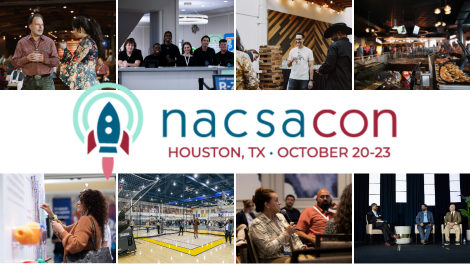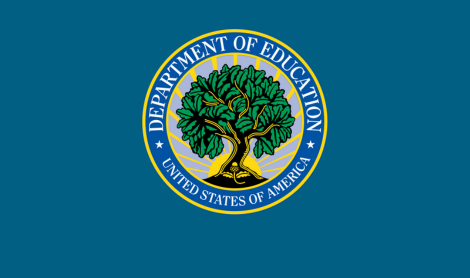NACSA Blog
Press Releases
 |
NACSA names Guerschmide Saint-Ange as Chief Operations & Talent OfficerKarega Rausch, president and CEO of the National Association of Charter School Authorizers (NACSA), announced today that Guerschmide Saint-Ange joins NACSA as chief operations and talent officer. “I’ve been a long-time partner … |
 |
Statement on the Verdict of the Derek Chauvin TrialWe grieve for the racism and brutality Black people continue to face in this country, and the murder of George Floyd. The long, hard work to become a more just nation requires … |
 |
NACSA Names Veronica Brooks-Uy as Vice President of PolicyKarega Rausch, president and CEO of the National Association of Charter School Authorizers (NACSA), announced today that Veronica Brooks-Uy will serve as NACSA’s vice president of policy. Brooks-Uy brings more than 10 … |
 |
National Association of Charter School Authorizers Launches Search for New Leader Following Resignation of CEOThe National Association of Charter School Authorizers (NACSA) announced today that Greg Richmond, its President and CEO, resigned and departed the organization, and M. Karega Rausch, NACSA’s current Vice President of Research … |
 |
Analysis of Georgia’s Charter School Proposals and Approved Schools Reveals Growing, Diverse SectorCHICAGO — A new report released today by the National Association of Charter School Authorizers (NACSA) offers a first-ever look at the trends in Georgia’s charter school pipeline—what kinds of schools are being … |
 |
How to Start Updating Your New School Application to Reduce the Paper BurdenMost authorizers will need some time to make NACSA’s suggested improvements to their new school application process. Here are some ideas on where to start. 1. Focus on the vision for your … |
 |
NACSA Statement on Supreme Court Decision on Charter SchoolsStatement from NACSA President & CEO, M. Karega Rausch, Ph.D., on the Supreme Court of the United States decision in the case of St. Isidore of Seville Catholic Virtual School v. Gentner … |
 |
After a Quarter Century: Time to Reboot the New Charter School Application ProcessThe public charter school sector was designed to be responsive and innovative, operating in a space freed from the bogged-down bureaucracy that so often hampers other public schools. Each new public charter … |
 |
Why NACSACon 2025 is THE Conference for Charter School Authorizers and Public Education LeadersNACSACon isn’t just for authorizers—it’s for public education leaders who are passionate about improving outcomes for students. Whether you’re new to authorizing, a veteran authorizer, or an education leader in another role, … |
 |
NACSA Files Amicus Brief in Supreme Court CaseStatement from NACSA President & CEO, M. Karega Rausch, Ph.D., on NACSA’s amicus brief to the Supreme Court of the United States in the case of St. Isidore of Seville Catholic Virtual … |
 |
No More Participation Trophies For Family EngagementBy Guerschmide Saint-Ange Families bring a rich variety of individual and collective experiences, knowledge, and perspectives that are essential to the success of any school community. Too often, as school leaders and … |
 |
5 Key Lessons NACSA Has Learned About Ensuring ExcellenceThis blog was adapted from this piece, by M. Karega Rausch, Ph.D., published in The74. Ensuring schools are excellent has always been at the center of our work at the National Association … |
 |
Statement on US ED’s Decision to Rollback Authorizer RestrictionsNACSA appreciates the United States Department of Education (US ED) rolling back prior efforts to restrict and redefine who is eligible to authorize charter schools. For more than 18 months NACSA has worked … |